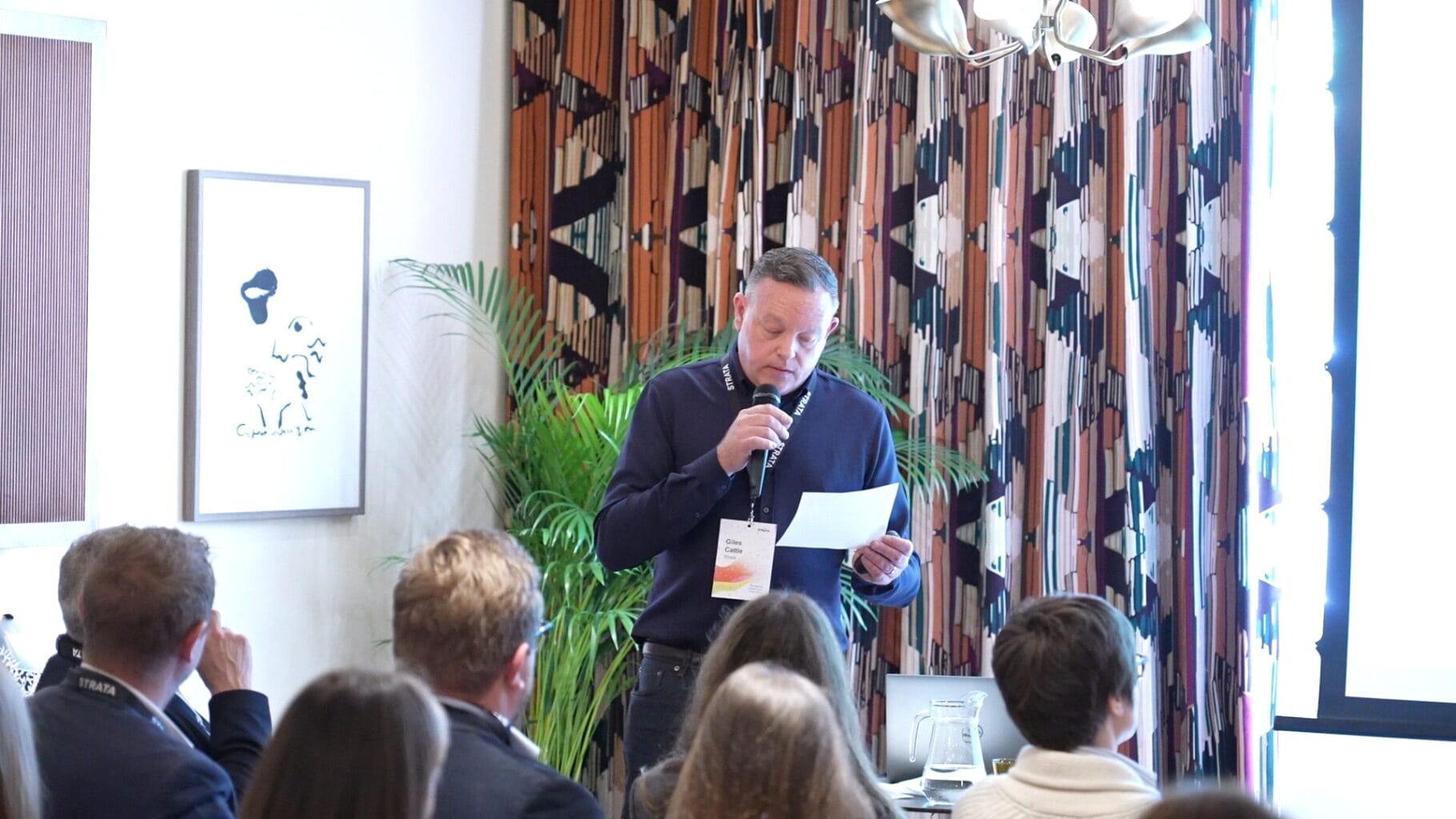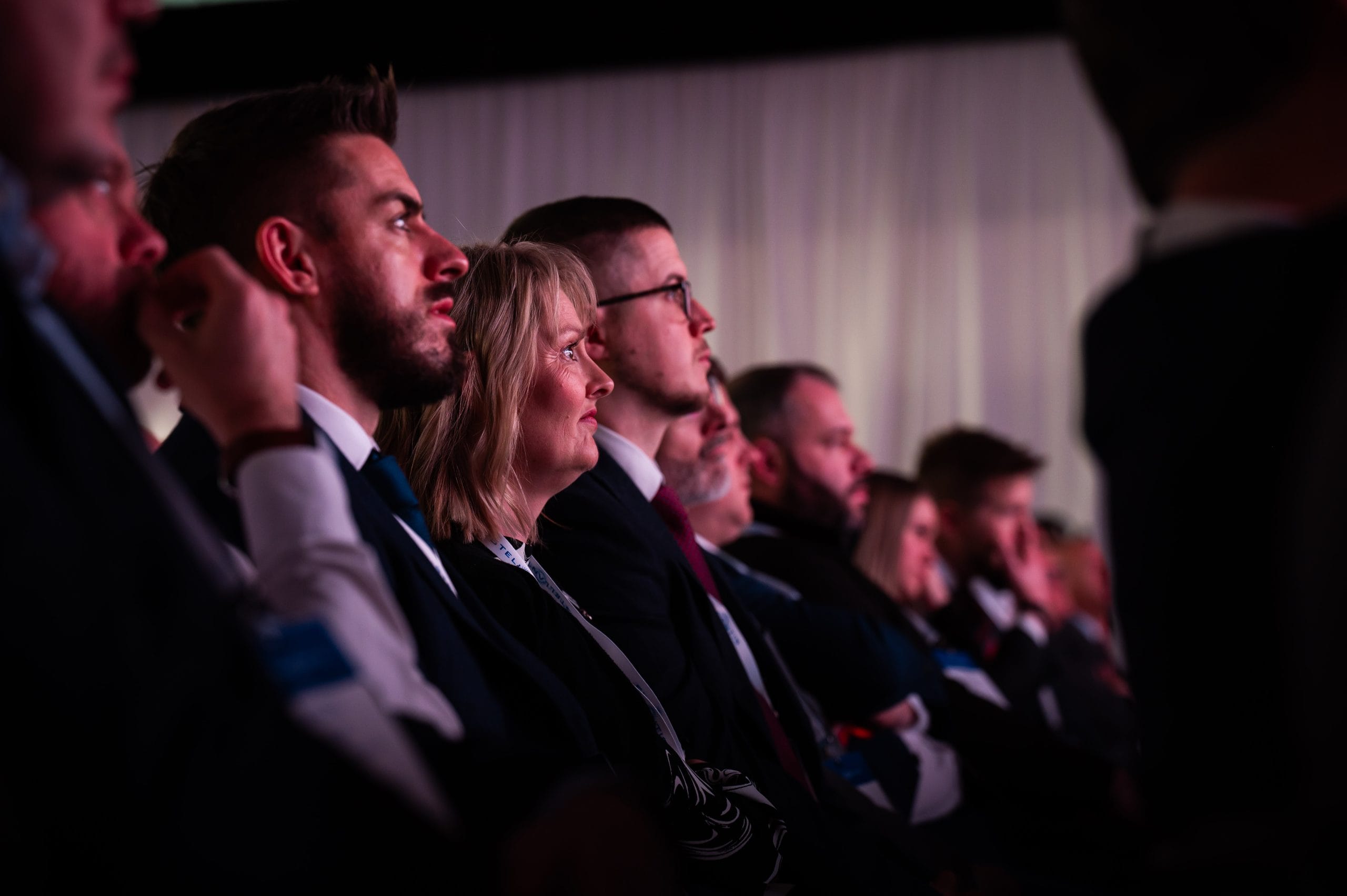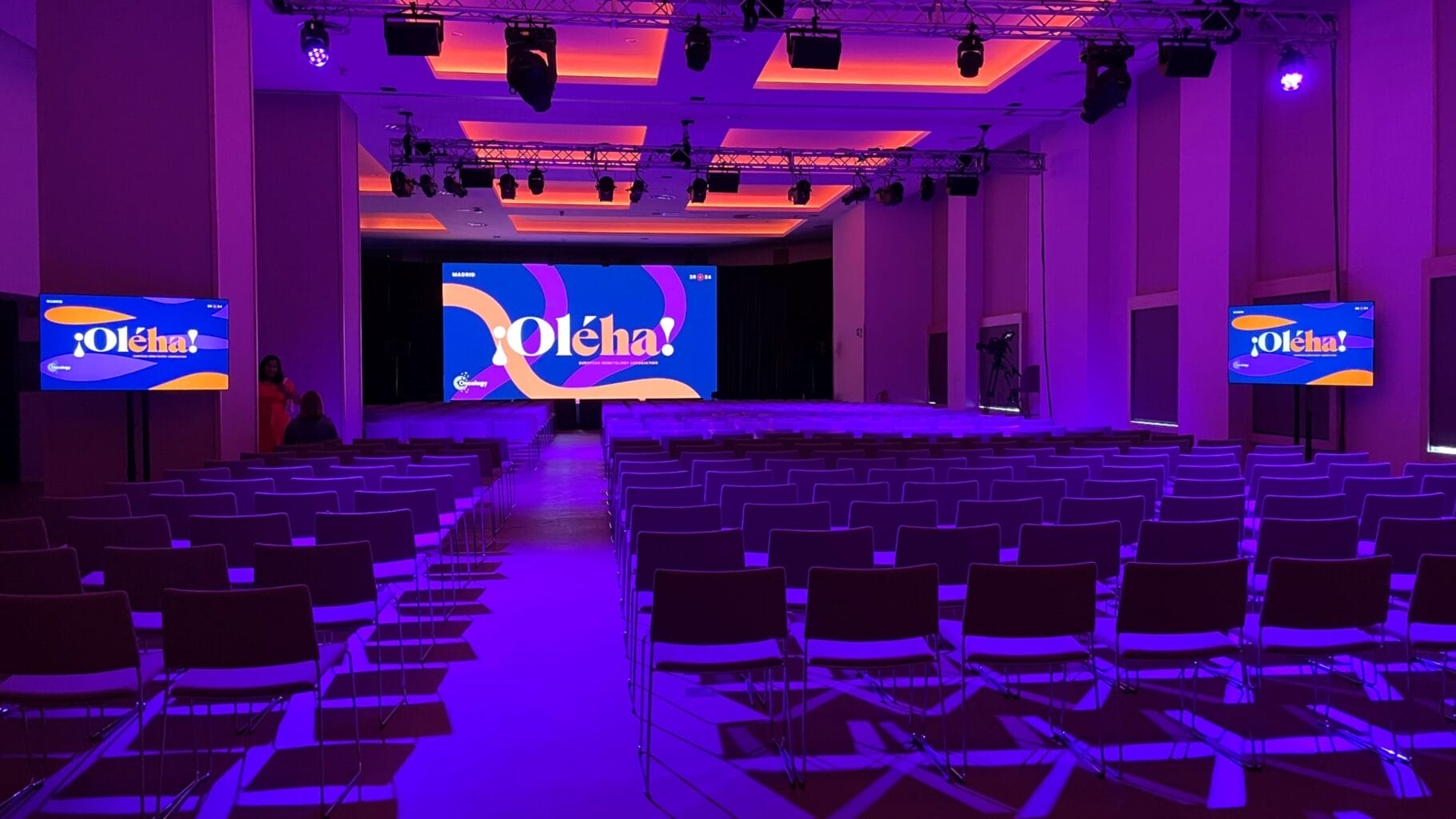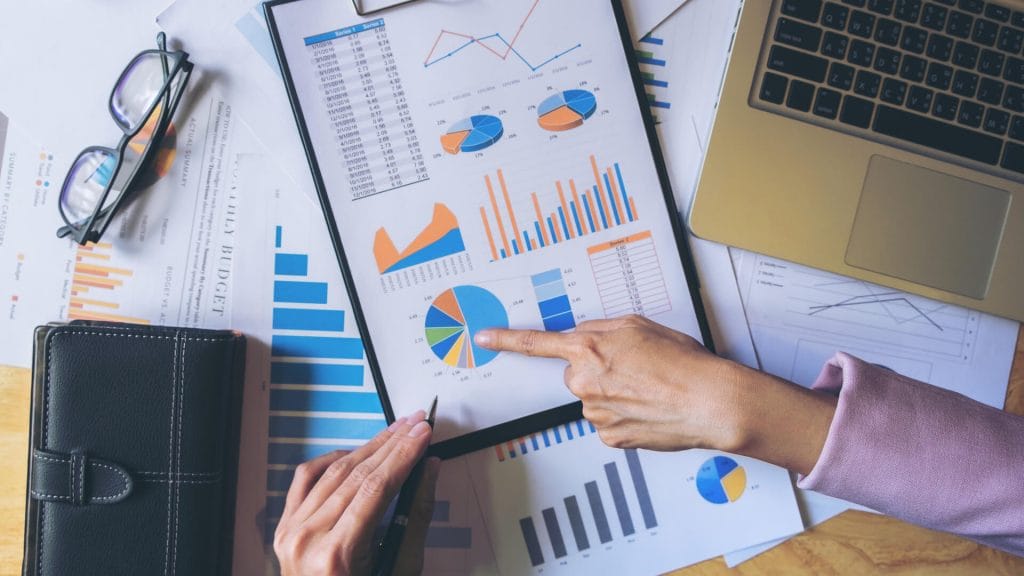
In a recent post on virtual event learnings, we outlined how data can be your new secret weapon when it comes to evaluating your events and planning for the future.
But how do you make sure you get the right kind of valuable data that will provide strategic insights for future planning? Here we explain all, with five simple steps to using data from your events.

Tim Berners-Lee, inventor of the World Wide Web
Data is a precious thing and will last longer than the systems themselves.
Step 1. Determine what success looks like
For any communication or engagement campaign you must always start with why. What are you trying to achieve? And how will you determine success?
Maybe you’re launching a new product and want to drive enquiries, or you’re communicating new business strategies to your employees that they need to adopt. Whatever your objectives are, you need clear KPIs and objectives that you review after the event to show you have achieved what you set out to do.
Step 2. Decide how to measure and track that success
So, you’ve got your objectives and KPIs – great! Now you decide the best way to track those metrics, and what processes you will put in place to capture the right data. Virtual events have given us the opportunity to track fantastic engagement statistics, but most of the time you need to dig a little deeper than number of logins and viewing time.
Take the example of communicating new business strategies to employees. You could ask everyone what they learnt from the session, or what processes they will adopt moving forward in response to the new strategies.
The key is balancing the right data you need, with what your audience are prepared to provide you with – i.e. don’t give them a lengthy survey to complete. Make sure your data capture mechanisms are effective.
Step 3. Implement those processes into your experience plans
Capture opinions throughout the experience, design a compelling feedback survey, or if you’re lucky, the data you need can be produced at the click of a button with the right data integration systems. Virtual experiences can make this part a lot smoother for the audience, but done the right way a live experience can provide the same level of data too.
Understanding the emotional impact of an event for example, requires pre-planning and usually needs some kind of data capture before and after the experience so you can compare the two. So as live experiences return, ensuring they are digitally enabled will allow for data capture to be a seamless process for your audience.
The key is to not sideline this part when you’re too busy planning the experience itself. Remember, without this data you won’t know if all your hard work has paid off.
Step 4. Capture enough of the right data
You’ve designed a lovely survey and built-in feedback mechanisms, but you need to ensure your audience engage with these and give you their valuable opinions.
Crucially, make sure your data capture is timely. Ask for feedback immediately after, or better yet live as the experience is happening. Doing this ensures the feedback is accurate, but also gives you the best chance of getting the data, as you’re audience are already there in front of you. Providing an incentive to giving feedback always works well, but usually if you engage your audience at the right time you should see results.
Remember though, the true impacts of some experiences are measured over time, so not everything can be done instantly.
Step 5. Evaluate and review
So now you have lots of lovely data, well done you! But simply looking at it isn’t enough. You need to put it to work. This is where dashboards and reports come into their own, and help you to understand what your data is telling you.
Review your KPIs and determine if you’ve succeeded with your objectives. Did your messages sink in? Have you had an increase in product sales?
This part is surprising a lot of people at the moment. As clients are seeing that virtual experiences are often achieving the same satisfaction scores as their live counterparts. If this is the case you need to ask yourself, what do your audience actually value, and what kind of experience will provide that best?
If all is well, you have lots of green ticks against your KPIs and everything was success. But if you didn’t quite hit your targets then your data can still provide valuable insights, as looking at what didn’t go so well will allow you to adjust your plans for the future. You might even learn something unexpected.
Either way, your job doesn’t stop there, as true value from your data comes when you use it to shape your future strategies. Should you host the event again? Do you change the format? Perhaps you communicate in a completely different way. Whatever you discover, remember that your data is valuable, and needs to be treated as such, so make sure to extract every last insight you possibly can.
Explore Our Blog
Proud to deliver lasting moments for...

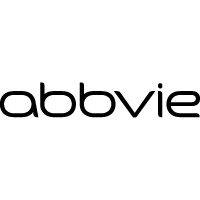





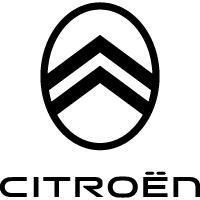

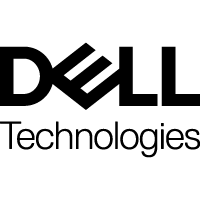

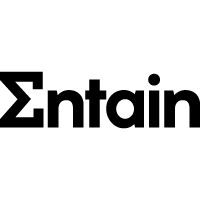



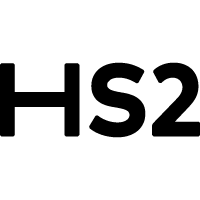
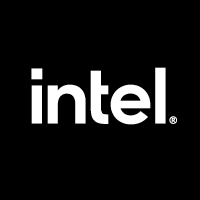

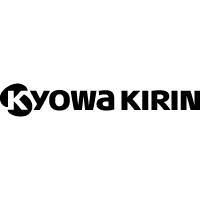




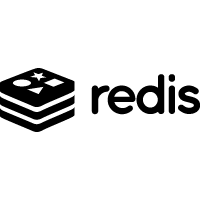


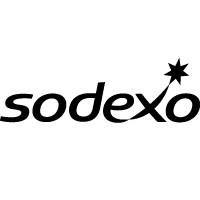
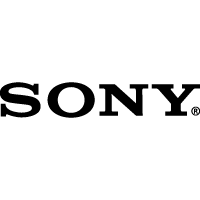
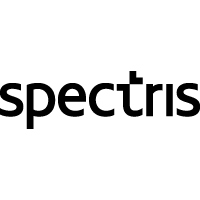




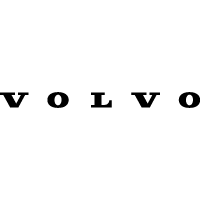





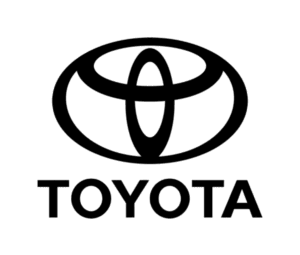

Let’s have
a chat!
Every brand touchpoint is a moment that matters. A chance to strengthen your message with clarity and relevance. To make your audience feel like they're part of something extraordinary, get in touch.

